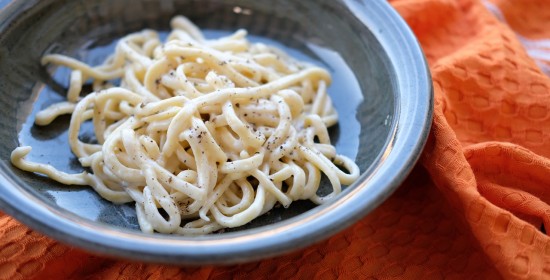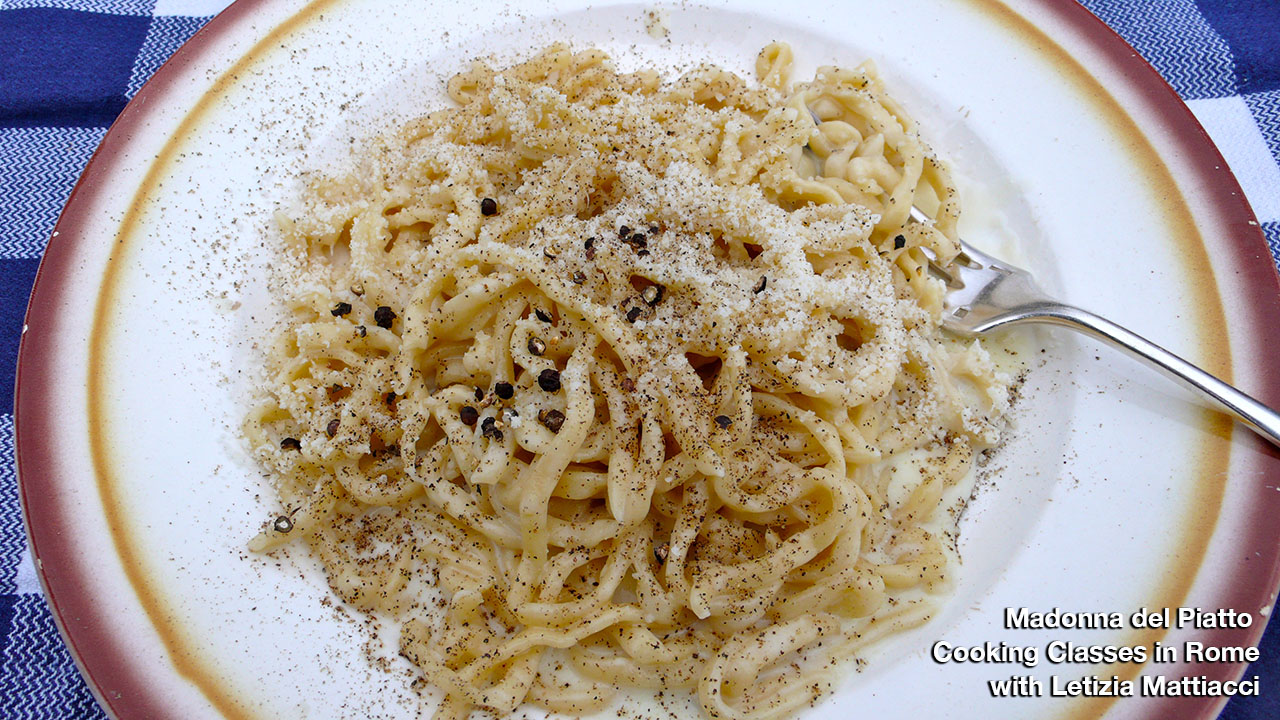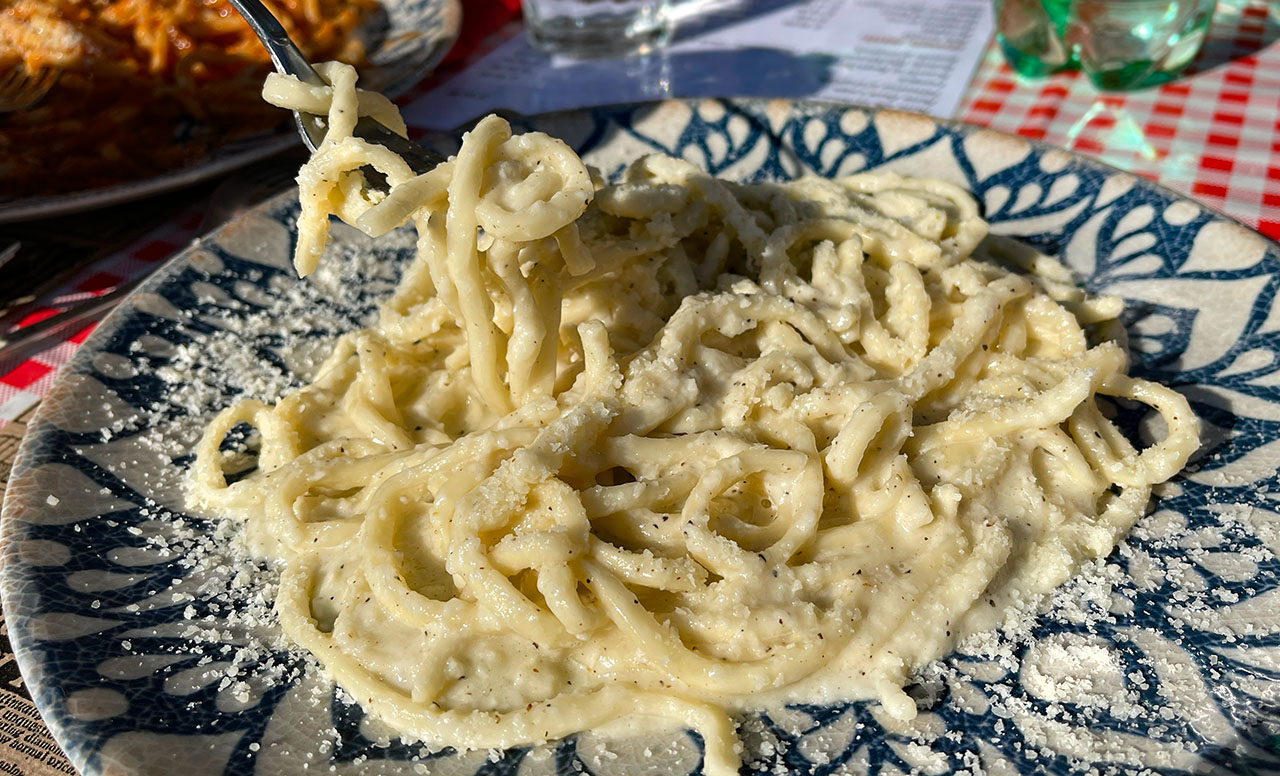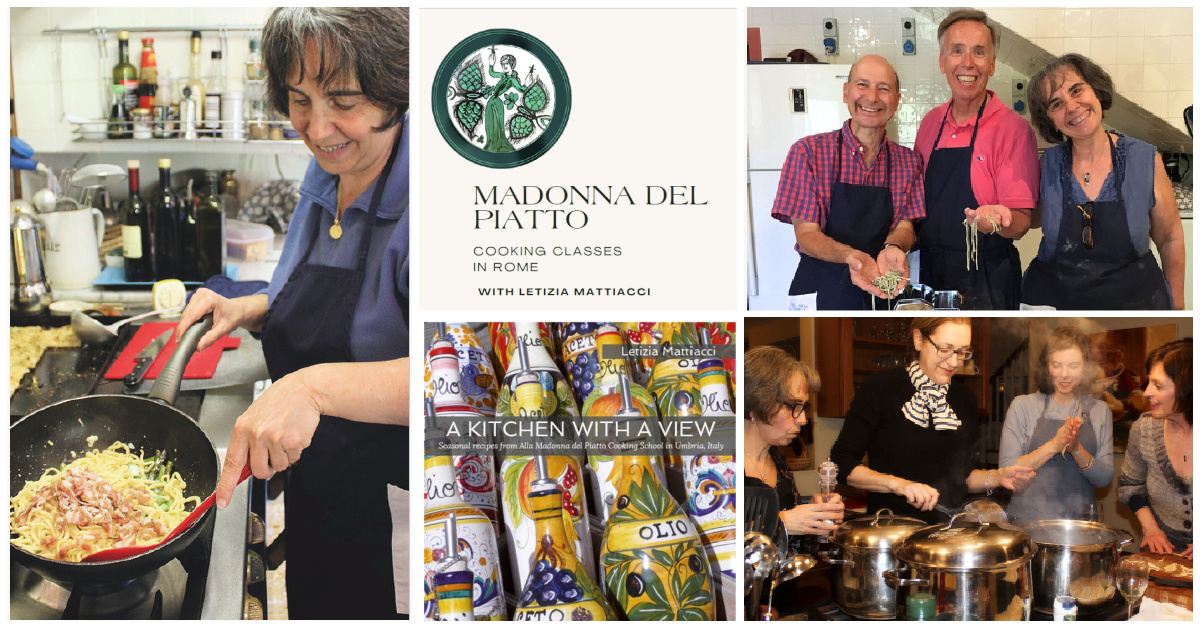What is Cacio e Pepe and how to make it?

Buongiorno and welcome to Stefano Rome Tours, Rome’s leading tour company for private tours of Rome, and Shore Excursions from Civitavecchia.
At the heart of Rome's culinary heritage lies a dish that transcends time and tantalizes the taste buds — Cacio e Pepe. If you are on any of our private tours of Rome, you can request this dish at any local ristorante or trattoria for a taste that is as authentic Rome as the Colosseum.
In this travel blog, we delve into what is Cacio e Pepe, where it comes from, and how to make it yourself at home!
Let’s get started!
What is cacio e pepe?
Cacio e Pepe, meaning "cheese and pepper" in Italian, is a traditional pasta dish that has become an icon of the cuisine of Rome, Italy. Celebrated for its deliciousness and simplicity, this tasty pasta dish highlights the quality of the ingredients and the skill in achieving the perfect balance of cheese and pepper. It has become a classic representation of Roman cuisine and is enjoyed by pasta lovers around the world.

Where does Cacio e Pepe come from?
It is generally purported as a classic example of cucina povera, which refers to the simple, rustic cooking of the Italian peasants and shepherds.
However, Italian cookbook author Letizia Mattiacci, who is also the owner of Madonna del Piatto Cooking Classes in Rome mentions that, from the Middle Ages until approximately the end of the 18th century, cheese was a classic condiment for pasta but was reserved mainly for the upper classes.
Surprisingly, pasta became accessible to the low-income population only after the invention of mechanical kneading machines and the pasta presses at the beginning of the XVII century. In the same period, black pepper, a spice previously valued as gold, lost its status symbol and became available to the masses.
The key ingredients of cacio e pepe are Pecorino Romano cheese and black pepper. Pecorino Romano, a hard and salty cheese made from sheep's milk, was once a staple for rations of the Roman legions. Black pepper added depth and heat to dishes.
The dish has a rich and creamy texture, with the Pecorino Romano providing a sharp and salty flavor, while the black pepper adds a warm and slightly spicy kick. The combination of these elements creates a robust and savory taste that is both comforting and indulgent. The pasta is typically cooked al dente, contributing to a satisfying chewiness.
While the exact origin story of cacio e pepe is still a mystery to be solved, it has long been a beloved pasta dish in Rome and has gained international recognition as a quintessential Italian pasta. It is often considered a test of a skilled chef's ability to achieve the perfect balance of flavors and texture with only a few ingredients.
Where can you eat Cacio e Pepe in Italy?
Today, cacio e pepe is enjoyed not only in Rome but also in various Italian restaurants around the world. It has become a symbol of the simplicity and elegance of Italian cuisine, showcasing the ability to create a delicious dish with minimal ingredients.
To enjoy a plate of cacio e pepe at a local restaurant in Italy, peruse the "primi" section of the menu. Traditionally considered the first course in an Italian meal, this category predominantly features pasta dishes that capture the essence of regional flavors. From rustic kitchens to refined dining establishments, the art of crafting Cacio e Pepe has become a cherished tradition, inviting diners to savor the rich heritage of Italian culinary expertise.
For those visiting Rome (or if just in Rome on a Rome Tour or on a Rome Shore Excursion), the experience is undoubtedly unparalleled. The city's trattorias and osterias, steeped in history and tradition, offer an authentic taste of Cacio e Pepe, prepared with the same passion and authenticity that has characterized the dish for centuries.

How to make Cacio e Pepe at home
Cacio e Pepe is a celebration of the quality and balance of its 3 ingredients (pasta, Pecorino Romano cheese, and black pepper), making it a beloved dish for those who appreciate the beauty of simplicity and the artistry of Italian cuisine.
If you are not yet in Italy to enjoy an authentic dish of Cacio e Pepe at a local ristorante, why not try to make it yourself at home?
When making Cacio e Pepe, Letizia recommends to use of excellent ingredients that must be combined with precision. The pasta, typically spaghetti or bucatini, is cooked until al dente. The cheese is finely grated, and the black pepper freshly ground or even better is toasted and preferably cracked in a mortar.
The hot pasta is then combined with the cheese and pepper, along with a bit of the starchy pasta cooking water. The tossing and mixing of these ingredients create a creamy and flavorful sauce that coats the pasta.
Whether you savor it in a trattoria in Rome or prepare it at home inspired by a cooking class with Letizia, Cacio e Pepe continues to be a cherished culinary tradition that celebrates the rich flavors and cultural heritage of Italy.
Here's a traditional recipe for Cacio e Pepe:
Traditional Cacio e Pepe Recipe
Ingredients:
- 350 grams (12 ounces) spaghetti or bucatini pasta
- 150 grams (1 1/2 cups) Pecorino Romano cheese, finely grated
- 1 teaspoon freshly ground black pepper
- Salt (for cooking pasta)
- Extra virgin olive oil (optional)
Cooking Instructions:
- Bring a large pot of salted water to a boil. Add the pasta and cook according to the package instructions until al dente. Reserve some of the pasta water before draining.
- In a separate pan, heat a drizzle of olive oil over medium heat. Add the freshly ground black pepper and toast it for a minute or two until fragrant. This step helps release the flavors of the pepper.
- Once the pasta is cooked, transfer it directly to the pan with the toasted pepper using a pasta strainer or tongs. Make sure to bring some of the starchy pasta water along with the pasta. This water will help create a creamy sauce.
- Toss the pasta with the toasted pepper, adding a bit more olive oil if desired. Gradually sprinkle in the finely grated Pecorino Romano cheese while continuously tossing the pasta. The cheese will melt and combine with the starchy water, forming a creamy sauce that coats the pasta.
- If the sauce appears too thick, add small amounts of the reserved pasta water until you reach the desired consistency. The pasta water helps emulsify the cheese and pepper, creating a silky sauce.
- Continue tossing the pasta until the cheese has melted and the sauce is well-distributed. Make sure the pasta is evenly coated.
- Taste the pasta and adjust the seasoning if necessary. Keep in mind that Pecorino Romano cheese is naturally salty, so additional salt may not be needed.
- Serve the cacio e pepe immediately while it's hot and creamy. You can garnish it with an extra sprinkle of freshly ground black pepper and grated Pecorino Romano cheese if desired.
Cacio e Pepe is best enjoyed right after preparation to savor its rich flavors. It's a delightful dish that showcases the simplicity and elegance of Italian cuisine.
Buon appetito!
Searching for a Cooking Class in Rome?
For over 20 years, Letizia Mattiacci’s cooking classes have been among the most praised in all of Italy. Previously based near Assisi in Umbria, Letizia has recently moved to Rome. A former scientist with a Ph.D. in behavioral ecology, cookbook author, and scholar of Italy’s rural culture, Letizia offers intimate hands-on classes in her lovely vintage apartment near the center. Letizia’s classes have appeared - among others - in The Seattle Times, The Lonely Planet, National Geographic, Dream of Italy, The New York Times, Food and Wine, L’Italo Americano as well as on BBC2 British TV.

